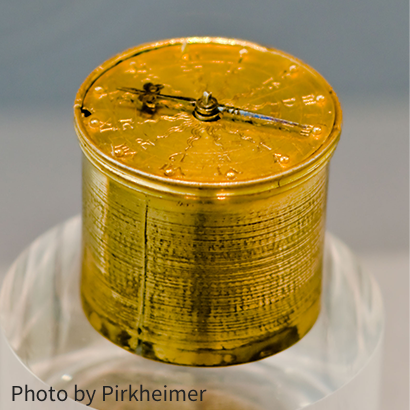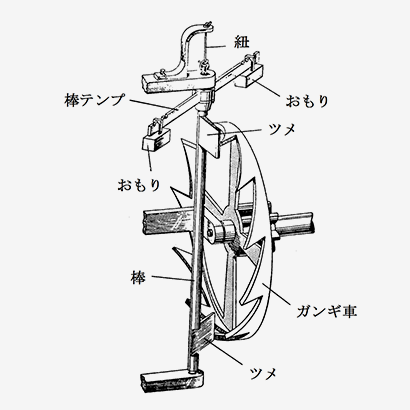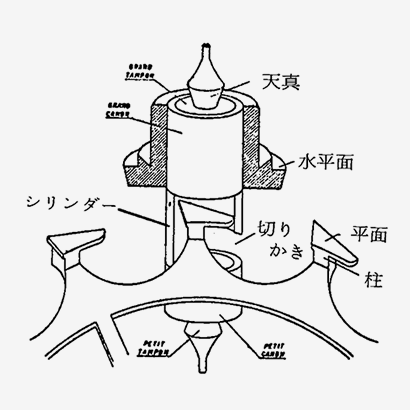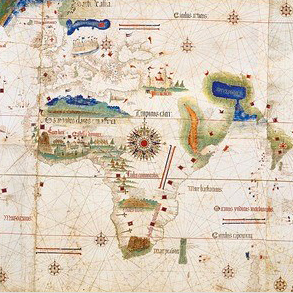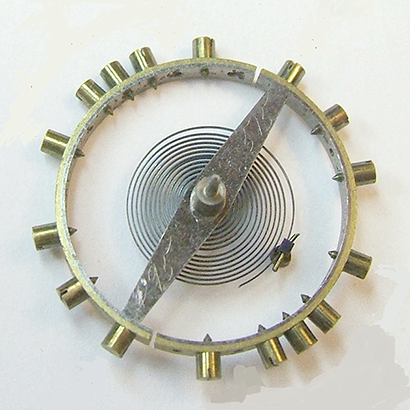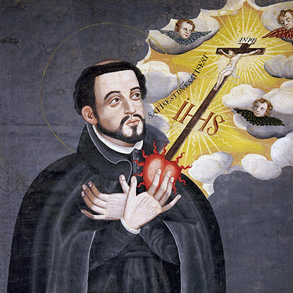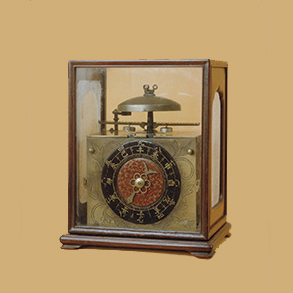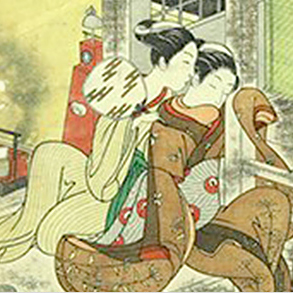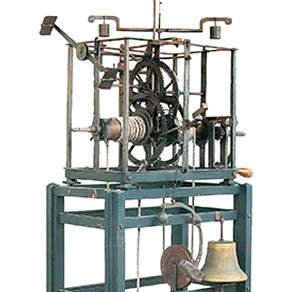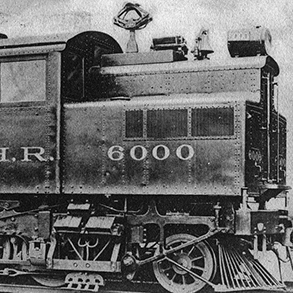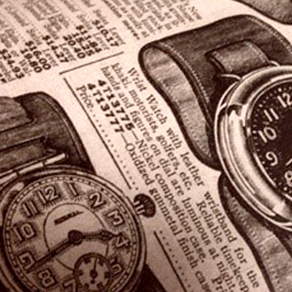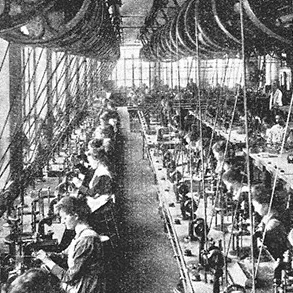The first mechanical clock
The world’s first mechanical clocks are thought to have been tower clocks built in the region spanning northern Italy to southern Germany from around 1270 to 1300 during the renaissance period. These clocks did not yet have dials or hands, but told the time by striking bells. The clocks used the suspended weights to move their wheels. There were two such weights, one to move the clock and the other to ring the bell.
The three essential components of a mechanical timepiece: The power source, the regulator, and the escapement
From the earliest mechanical clocks o the modern mechanical watches of today, the three components that have remained as essential elements are the power source, the regulator, and the escapement.
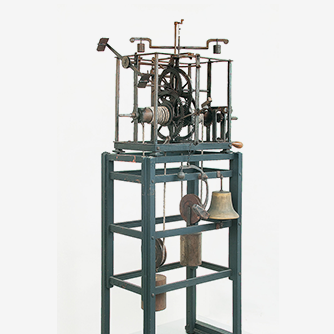
The power source is the mechanism that drives the timepiece. For early mechanical clocks, this power source was in the form of weights tied to ropes that would turn the clocks as the weights descended.
The two major drawbacks to weights was that they were unavoidably large and that they could not be moved about, but improved power sources developed over generations led to the development of compact and portable timepieces.
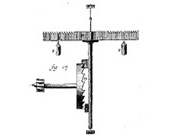
A regulator is a mechanism that autonomously regulates the speed of rotation or other movement of a mechanical device. Early mechanical clocks used a type of regulator known as a foliot balance. Later improvements in regulator mechanisms led to greater accuracy and portability of timepieces.
An escapement is a device that rotates a wheel in fixed intervals while continually applying intermittent force to maintain the oscillation of the regulator. Early mechanical clocks used a crown wheel escapement. Later improvements in escapement mechanisms led to greater accuracy and durability.
Relationship between the regulator and the escapement
While it is swinging freely, the regulator is isochronous, but if it is left alone, its amplitude will gradually decrease until eventually it comes to a stop. To keep a clock moving, some force must be regularly applied to the regulator. This action is performed by the escapement. However, the action of the escapement applying force to the regulator disrupts the isochronism of the regulator and reduces its accuracy. Thus, the key to achieving increased accuracy is to make the time in which the force is applied as short as possible.
What are the foliot balance and crown wheel escapement?
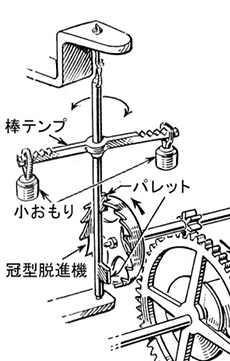
Generally, a foliot balance comprises a rod with toothlike projections along its top and weights hanging from both ends, which swings back and forth horizontally. At the center of the foliot balance is a rotating shaft with two protruding pallets attached at the top and bottom. The crown wheel escapement comprises a crownlike wheel (escape wheel) and the two pallets connected to the rotating shaft of the foliot balance. The pallets follow the rhythm of the foliot balance’s reciprocating motion and mesh with the teeth of the wheel (escape wheel) of the crown wheel escapement to keep the rotation to a steady speed.
By adjusting the position of the weights on the foliot balance, or changing their weight, the speed of the oscillation could be adjusted to either speed up or slow down the clock.
However, the reciprocating motion of the foliot balance was not isochronous*, and it was therefore unable to provide stable accuracy.
*When the rhythm of a pendulum or similar mechanism’s periodic motion remains constant, regardless of its amplitude.


